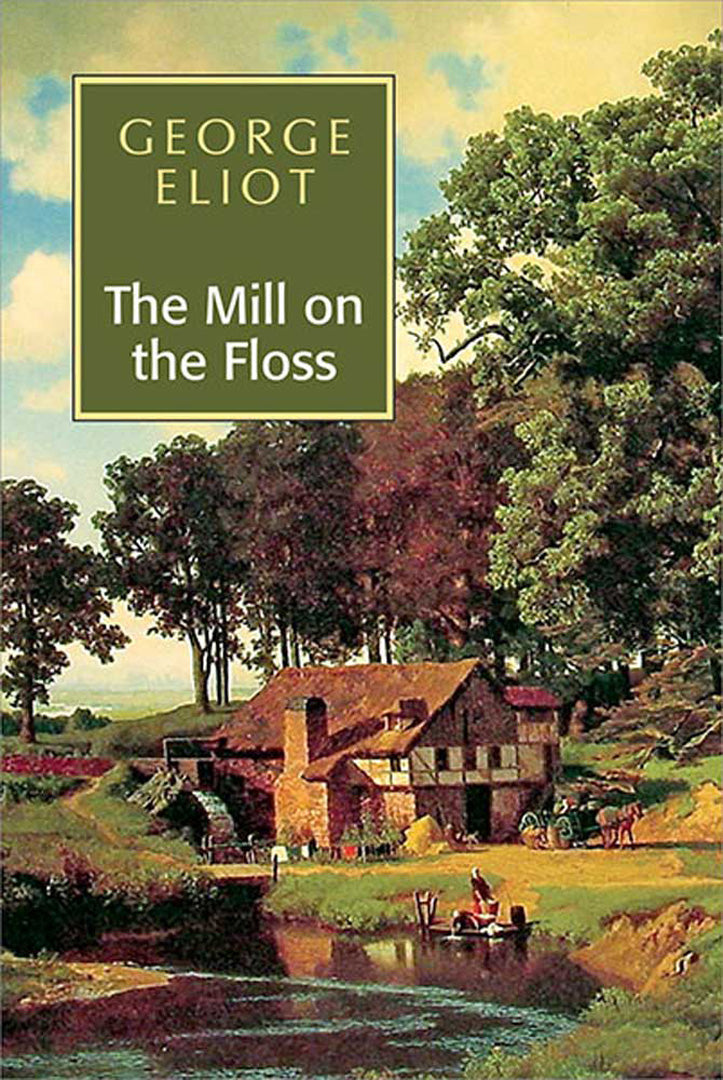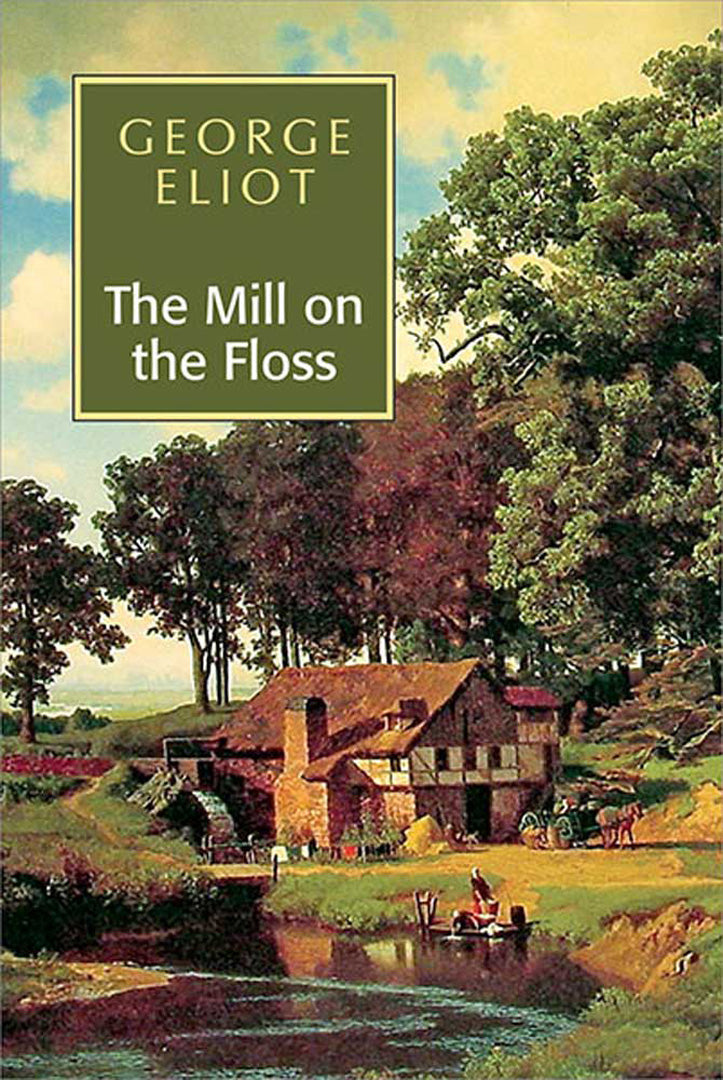The Mill On The Floss
The Mill On The Floss
George Eliot
Couldn't load pickup availability
Share

More Information
- ISBN13:
- Publisher: Atlantic Publishers & Distributors (P) Ltd
- Publisher Imprint: Peacock Books
- Publication Date:
- Pages: 566
- Binding:
- Item Weight:
- Original Price:
About The Book
The novel is set in the period of George Eliot’s own childhood, in the pre-railway, pre-industrial age, with its settled and secure order, and patterns of life and trade inherited from the earlier period.
Tom and Maggie, the principal characters, are the children of the honest hut ignorant and obstinate Mr. Tulliver, the miller of Dorlcote Mill on the Floss. Tom is prosaic youth, narrow of imagination and intellect, animated by conscious rectitude and a disposition to control others. Maggie, in contrast, is highly strung, intelligent, emotional, and, as a child, rebellious. Her aspirations go beyond the complacent, provincial world in which she lives, and her situation as a clever female in a man’s world indirectly reflects that of the author herself.
The conflict between Maggie and her brother, Tom a conflict between romance and reason, daring and caution, rebellion and acceptance helps creating a work that explores the full moral complexities of human choice and action.
The novel shows author’s mastery of narrative art, her broad range of understanding, and her profound sense of artistic purpose.
About The Author
George Eliot (pseudonym of Mary Anne, later Marian Evans) was born on November 22, 1819 in Warwickshire. She was educated at several schools, among them Miss Wallington’s Boarding School in Nuneaton, where she met and was greatly influenced by Rev. John Edmund Jones, an evangelical preacher who makes several appearances in her novels. In 1836 her mother died and she became her father’s housekeeper, educating herself in her spare time. In 1841 she moved to Coventry and there she was drawn to an intellectual circle that included Charles Bray and Charles Hennell, whose influences directed her towards free thinking in religious opinion. Her refusal in January 1842 to attend church with her father threw indications of her spiritual position. A few years later she completed the translation of the The Life of Jesus, Criticially Examined by Dr. David Strauss, published by John Chapman in 1846. When Chapman purchased the Westminster Review in 1851, she was made the assistant editor. She moved to London and met Herbert Spencer, for whom she developed strong feelings which were not reciprocated, though the two remained friends. At almost the same time she met the versatile man-of-letters George Henry Lewes. Lewes was separated from his wife, but with no possibility of divorce. In 1854 he and Marian decided to live together and did so until Lewes’s death in 1878. It was he who encouraged her to shift from philosophy to fiction, and during those years, under the name of George Eliot, she wrote Scenes of Clerical Life, Adam Bede, The Mill on the Floss, Silas Marner, Romola, Felix Holt: The Radical, Middlemarch and Daniel Deronda, as well as a large number of essays, articles and reviews. In 1880 she married the forty-year-old John Walter Cross whom she had met in Rome in 1869 and who had become her financial adviser. The marriage was not liked by many of her friends. She died seven months later and was buried beside Lewes at Highgate.
George Eliot combined a sharp intelligence with imaginative sympathy and acute powers of observation, and became one of the greatest and most influential of English novelists. Her choice of material widened the horizons of the novel and her psychological insights radically influenced the novelist’s approach to characterization. In a century of gifted women writers George Eliot stands pre-eminent.

